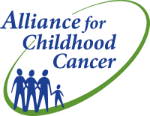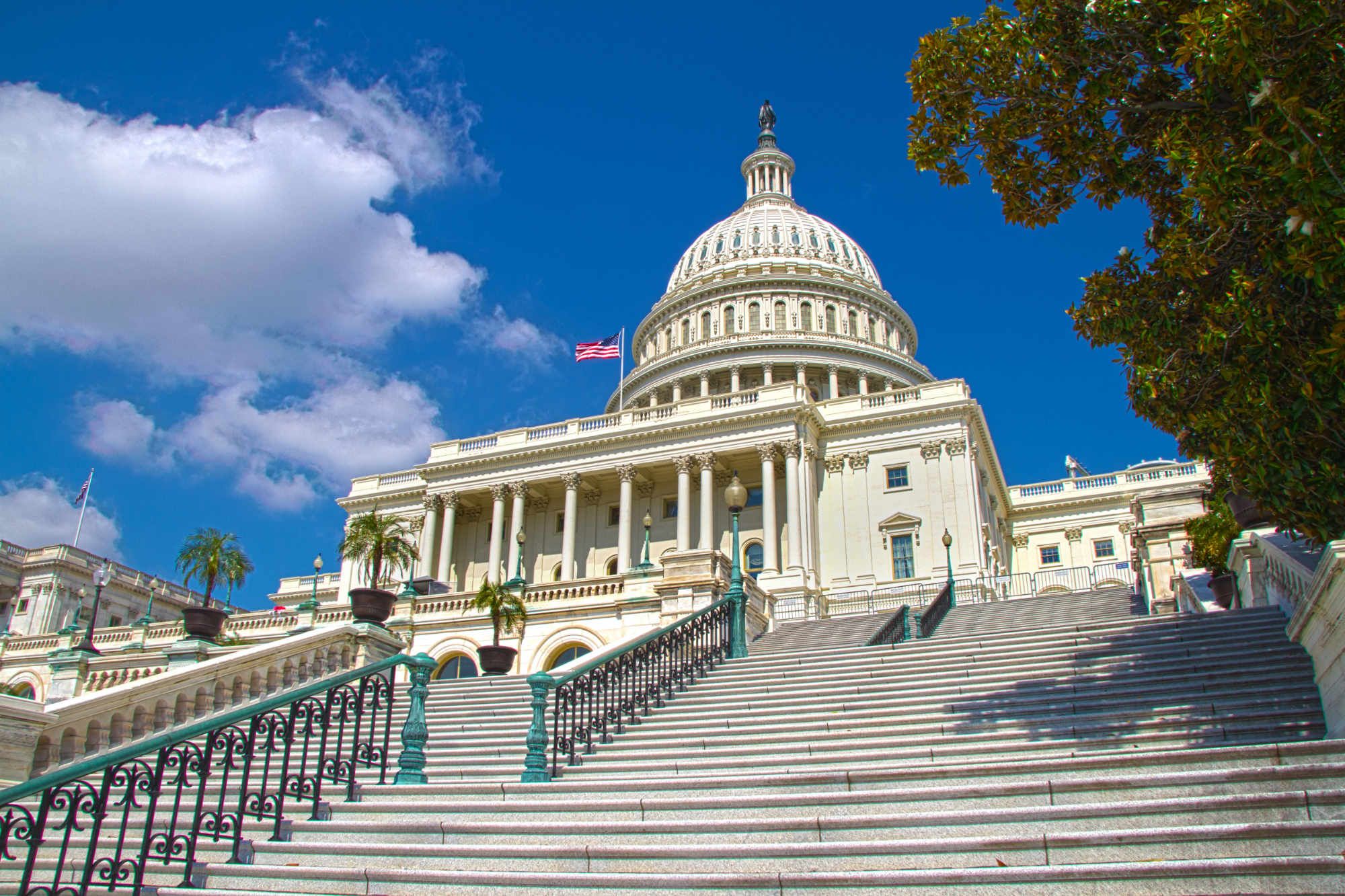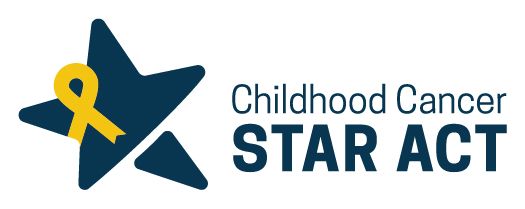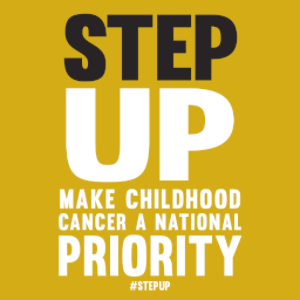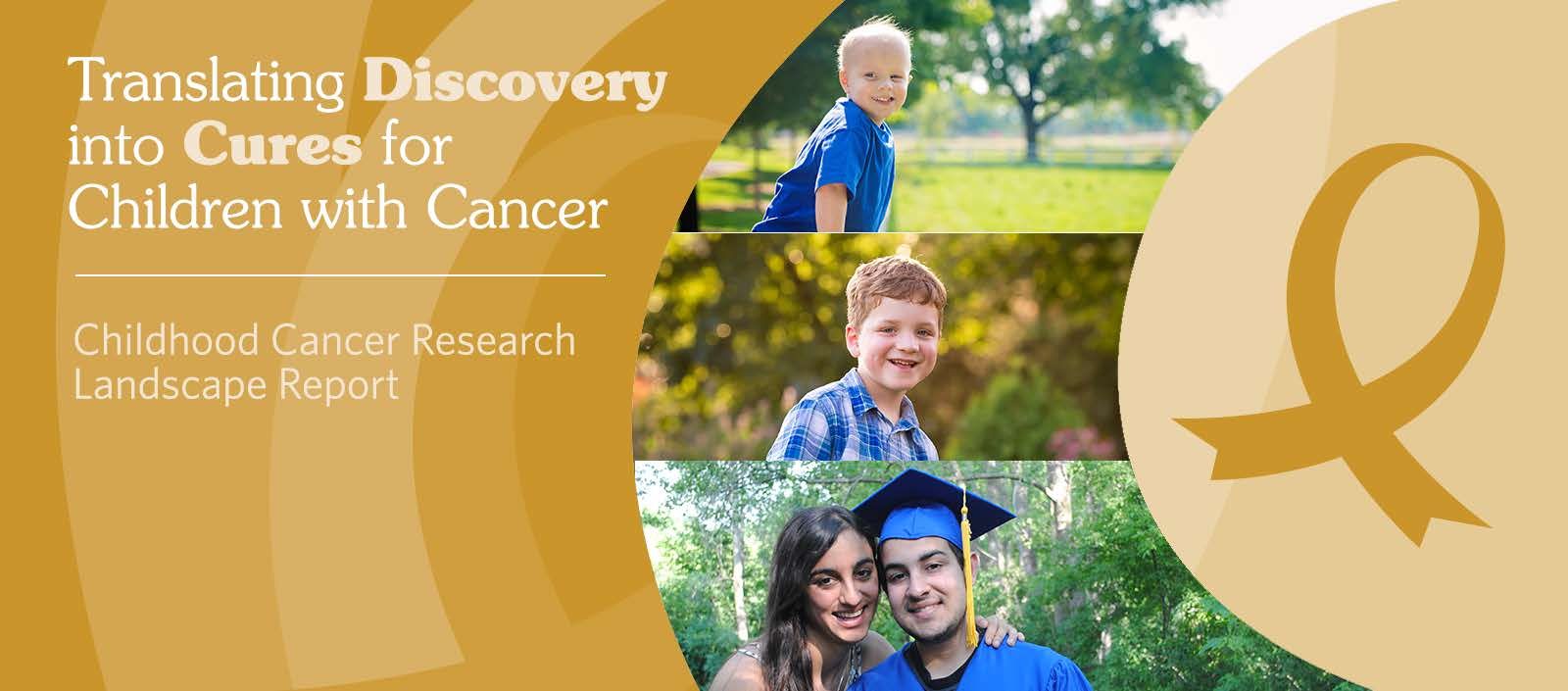
[Download the Executive Summary]
Executive Summary
Cancer is the leading disease-related cause of death for children aged 1-19. While cancer is much rarer in children compared to adults, the disease can take a tremendous toll because it strikes so early in life and survivors face extremely high rates of late effects that can last a lifetime. The American Cancer Society estimates that in 2016 there will be 10,380 new childhood cancer cases and 1250 cancer deaths among children (ages 0-14) in the US. Among adolescents (ages 15-19), there will be an estimated 4280 new childhood cancer diagnoses and 600 cancer deaths.
Outcomes for children diagnosed with cancer have greatly improved over the past 50 years for most types of cancer. However, some cancer types, such as diffuse intrinsic pontine glioma (DIPG), have seen limited improvements in treatments and outcomes and remain fatal types of childhood cancer. Developing drugs for childhood cancers that either have no effective treatments, or have treatments but with unacceptable toxicities, involves challenges unique to childhood cancer. While some cancers are seen in children and adults, other cancers are essentially only seen in children, and the four most common adult cancers (lung, breast, prostate, and colorectal) are essentially absent in children. Therefore, improving outcomes for children with cancer begins by recognizing the many fundamental differences between childhood cancers and adult cancers, and the landscape in which new drugs are developed. There are many key differences among childhood and adult cancers, including:
• Childhood cancers are often biologically different than the cancers that share the same name in adults, meaning that childhood-specific research is required, and children and adults ultimately may need different treatments.
• Side effects from treatment cause significant health impacts on children because the treatments occur during a vulnerable period of development and longer survival times mean more time for late effects to impact a childhood cancer survivor’s health.
• Society has afforded special protective status for children involved in research, which changes the type of research generally considered to be ethical for children and also changes the process for approving such research.
• The rarity of childhood cancers can make recruiting children to participate in clinical research challenging, either due to a small number of diagnosed patients or due to competition between different research projects for the same children.
• The rarity of childhood cancers also means the financial incentives to develop and market drugs specifically for children with cancer are often not enough to entice industry to invest in this type of research.
Many of these differences discourage research and drug development for childhood cancers because they introduce added cost, complexity, and uncertainty to the research process, but there are also many efforts aimed at overcoming these barriers. The lack of financial incentives for research, for example, has led to additional incentives and requirements for adult drug developers to test their treatments in children. Likewise, philanthropic organizations augment research funding from federal and industry sources, and researchers and cancer centers have formed collaborative networks to optimize the ability to conduct research with limited patient populations.
This report provides important perspectives and data from the childhood cancer community on barriers to research and the current efforts to overcome those barriers. In creating this work, the goal is to provide anyone interested in improving the landscape for children who face cancer with reliable information and a comprehensive perspective on how the process currently works.
